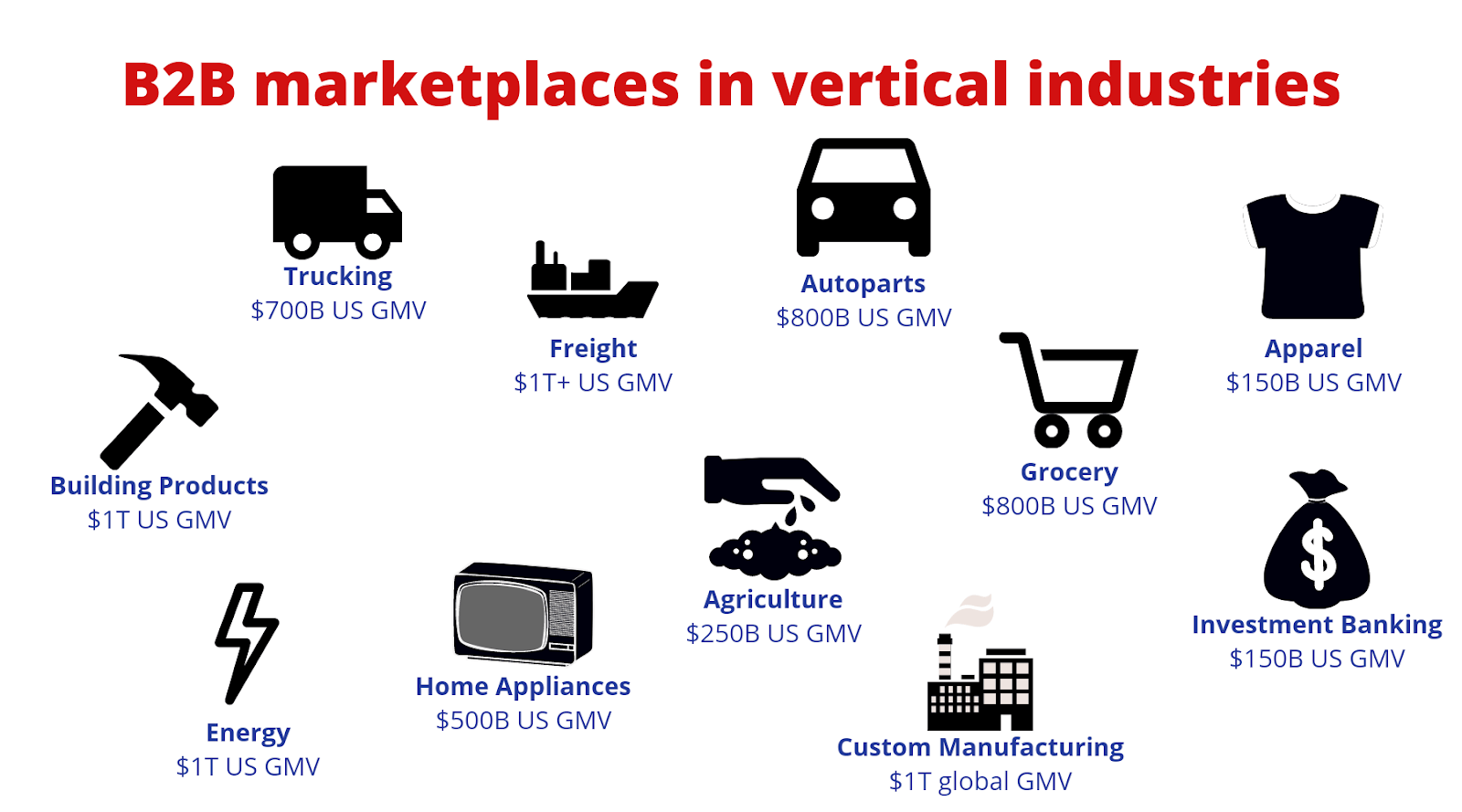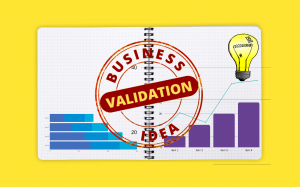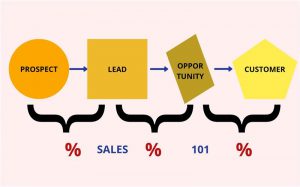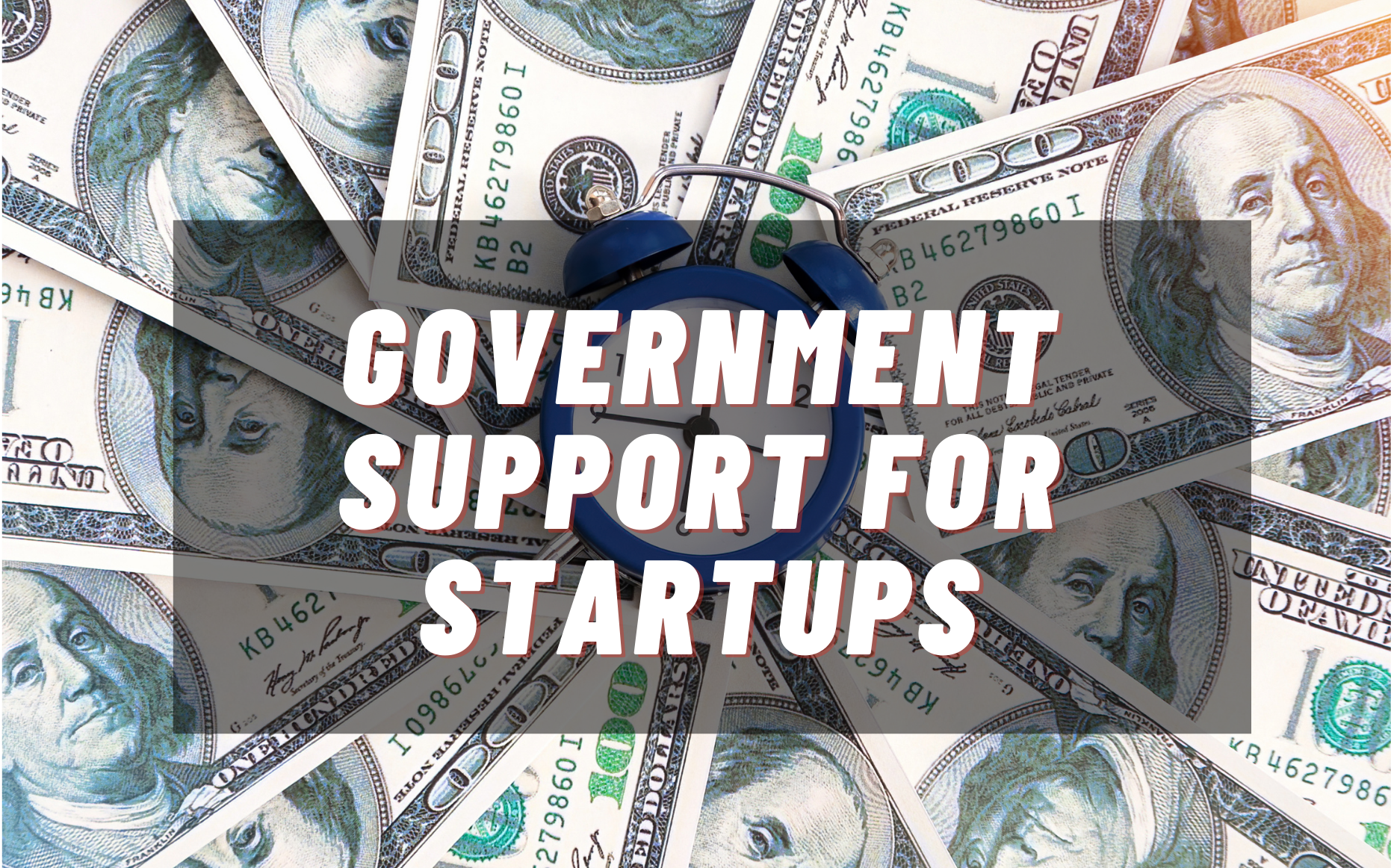B2B Marketplaces are emerging tremendously. It took only 3 years for Amazon Business to reach $10 billion from $3 billion. It redefined the
relationship between B2B buyers and sellers.
With 43% of the transactions being B2B Marketplaces keep aside one-to-one sales and instead focus on a whole ecosystem of marketplaces and communities.
Consumers got attracted to B2C marketplaces because of convenience, more choices, no crowds, easy price comparisons, easy returns, and more control over the experience they offered.
Equivalently, Business buyers and sellers as well are looking for this kind of marketplace experience. A study reveals, at least 70% of marketplaces will serve B2B transactions by 2023.
It offers an opportunity to create and cater to the aggregate demand with minimal friction in the buying process.
With a green landscape on one side, B2B marketplaces have a complicated workflow as compared to marketplaces facing consumers. With Great Complexity comes great Responsibilities.
B2B transactions generally have higher average order values (AOVs). Monitoring & controlling these transactions is more challenging than in B2C Marketplaces.
They are significantly bigger than B2C transactions. Thus, everything starts with a greater stake. A single bad transaction will have a tremendous negative impact on a business like a domino effect.
It is driven by big prices, risk, and availability. Thus, it has a greater emphasis on the supplier-buyer relationship and trust.
Ignorance in building a strong supplier-buyer relationship can result in longer sales cycles, disruption, reluctance in interaction, etc.
The first generation of the B2B marketplace was doomed to failure because of a lack of significant value provision.
It was mainly based on a reverse auction-based model in which a buyer sends out publicly a proposal request, and sellers bid on the contract.
Thus, setting on war among suppliers led to unhealthy price margins and unfavorable service quality to buyers. A few of the other reasons for B2B Marketplace failure include:
- Buyers & Suppliers were more accustomed to the phone for price negotiations. Thus, making them reluctant to transient to e-marketplaces.
Manually performed – the dark days of relying on the pen, paper, fax, email, and continuous phone calls are slowly on the verge of disappearance.
- Lack of creativity in pricing models led to failure in creating value propositions for customers.
- Withdrawing of Investment funds by Investors from the firms.
- Lack of warranties and offers for the buyers, etc.
The traditional method of operating a B2B company is a thing of the past. Millennials are on the go and they hate this traditional offline workflow. They have found out B2B Marketplaces are huge & it is still untapped.
As Julia Morrongiello digs into it- B2B marketplaces have the potential to achieve higher-order values with high frequency unlike consumer marketplaces, where only one thing is achievable at a time.
The Vertical Way of B2B Marketplace
While Alibaba and Amazon are already ahead in the horizontal approach. The vertical B2B marketplaces are also making a great upward shift.
There lies a big marketplace opportunity that is curated for specific audiences,
Vertical B2B Marketplace is less complex than the horizontal approach. Niche or vertical Marketplace is on the rise and will reach up to $3.6 trillion in the next five years.
As Karie Daudt says,” Vertical marketplaces are becoming a bigger driver in B2B eCommerce because they are giving buyers and sellers new ways to interact online, and let customers research and buy very specialized products.”
Few more reasons that contribute to the rise of Vertical Marketplaces are: catering to the desired but unanswered buyer experiences, Uniting buyers and sellers of a particular niche, better revenue opportunities, growing B2B vertical relationships, etc.
BVP has cleverly presented some big B2B industries that are still operated offline and manually.

With the primary goal of aggregating niche buyers remains similar, the one size will never fit for all. Every industry has different operations and value chain dynamics, thus demanding different approaches for all.
To this HBR has brilliantly categorized B2B companies into two categories. The one which focuses on spot sourcing versus systematic sourcing – The “How Businesses Buy”.
The other one is which focuses on manufacturing inputs versus operating inputs – The “What Businesses Buy”.

MRO Hubs
These are the horizontal markets for systematic sourcing of operating inputs. It mainly focuses on providing operating inputs at lower values and earns through high transaction costs.
Catalog Hubs
These focus on automating manufacturing inputs by reducing transaction costs. For eg: Chemdex, Sciquest.com, PlasticsNet.com.
Yield Managers
Yield Managers focus on spot sourcing of operating inputs such as labor, manufacturing capacity, etc.
Exchanges
Exchanges smoothen outs the up and down trend of market demand and supply by rapid exchange of commodities.
What does it take for a Winning B2B Marketplace?
If you have reached here, then you must have understood the level of complexity in the B2B Marketplace.
But there are many aspects of B2B marketplaces – which if handled strategically can simplify the process of winning in the business purchase & sale marketplace.
Prioritizing Customer Experience
As previously mentioned, the first generation of B2B Marketplaces had ignored providing a valuable customer experience.
A good customer experience in B2B is easy to use interface, fast & quick buying, cost-effective & secure for both buyers and sellers.
A few of the specific features that should be included in most of the marketplaces are quantity discounts, easy application for bulk orders, the ability to edit the purchase, accepting various payment types such as bank transfers, scheduled payments, etc.
Aggregating Suppliers
B2B Marketplace is a hub for every large and small supplier. Thus aggregating them all together at one point is of more convenience to customers. It is beneficial in larger fragmented verticals with abundant suppliers.
Digitization of Marketplace
While bringing together the suppliers, one must opt for a platform or digitization of catalogs to be ahead of the customers.
Creating content and marketing will bring awareness about your platform & will increase the chances of reaching the best & big buyers and suppliers.
Effective Pricing & Maintaining Transparency
Business buyers and sellers are sensitive to prices, margins, etc. Thus, it’s important to communicate the pricing very cleverly that ties both sides.
Do you earn through buyers, sellers, or both? Do you have another strategy that generates revenue for you through their trade? The pricing strategies will coincide with the revenue model of the company.
As B2B transactions are followed by big transactions-maintaining transparency is the key tactic in gaining trust and securing both parties.
Delivery tracking & notifications at every step of the order make the transaction transparent to both sides. Thus, giving both buyers and customers a sense of controllability over their order.
Automation of Process
The new generation of B2B Marketplace should look for a way that replaces the traditional way of faxing, sending purchase orders, quotes, etc.
SaaS tools for automating the workflows will take good care of both buyer and seller’s side. This may require you to turn into a SaaS Company that monetizes the B2B transactions effectively.
Build Relationships
Building Relationships is important in any business to retain the business. Have ongoing conversations with both sides.
Customer insight and data are important but sole dependence on them will not help in the long run. One should spend maximum time talking to business customers by asking questions, taking surveys, and feedback.
Trust & Social Proof
B2B transactions involve risks. Hence, buyers should get enough clarity about the authenticity of suppliers.
By adding a company profile, registration information, etc, a supplier can take off any doubts from the buyer’s mind.
Supplier’s performance data, ratings, revenue, etc will help buyers in making the right decisions along with a healthy opportunity for new suppliers.
Expand your Global Network
Initially one can tap sellers by cold emailing, cold-calling, trade shows industry, etc to make your platform heard.
As you get buyers and sellers, It’s time to expand your business globally. Integrate localization & configuration settings.
Offer products and services in every country language that you want to serve for globalizing your company.
Top 5 B2B Marketplaces:
Alibaba
Alibaba is the leading platform for global wholesale trade. The Chinese company founded in 1999 is the go-to platform for many millions of buyers and sellers globally.
It serves at all levels of business- B2B, C2C & B2B along with other trading services.
ThomasNet
Thomasnet is a US-based B2B platform that serves 5,00,000+ consumers and suppliers. It’s serving Americans for around 120 years. It connects engineers, MRO professionals, and buyers to 5 lakhs of manufacturers.
Etsy
A popular B2B platform for beautiful crafts & art products. A great platform loved by various artists and business persons for monetizing their art that creates beautiful masterpieces.
India Mart
Indiamart is the largest Indian B2B platform that serves at global levels. Its B2B and B2c platform have more than 1.6 million daily visitors.
It offers basic & premium membership plans to clients for the best online business experience.
DH Gate
DHGate is another Chinese B2B platform. It has more than 40 million product listings with 10 million+ buyers and 1.2 million+ suppliers.
It’s a great B2B platform that caters to various buyers, sellers, and retailers from more than 230 countries.
SeeBiz
SeeBiz is an emerging B2B wholesale marketplace and business networking platform that connects wholesalers, retailers, manufacturers, and distributors with each other.
It features 650,000+ high-quality products and 1000+ verified vendors.
Moreover, it’s completely free. There are no registration or transaction fees whatsoever.
AMAZON The Master of All
Amazon B2B Marketplace got launched in 2015. And within 3 years in 2018, it reached its annualized sales of $10 billion.
Amazon is on its way to brand itself as a B2B market leader. By 2021, it is bound to reach $1.4 Trillion.
Here are some of the crazy data about Amazon’s B2B Marketplaces:
- The five largest product categories on Amazon are industrial, automotive, tools, hardware, and lighting.
- With 57,580+ sellers, the Industrial category is rapidly growing at a 30.4% rate.
- With the second smallest count of 11,250 sellers, janitorial is the top growing category at 39.3% growth.
- Raw materials and material handling being the smallest categories are growing at the rate of 27 %.
- Amazon’s Business sales grow faster than Amazon’s sales which were $280.52 billion.
Though Amazon has achieved great feats, there are lots of aspects at which Amazon lacks. It is still working hard in figuring out how to sell complex products through B2B platforms. There are still empty rooms to be filled.
To Wrap:
Think of B2B marketplaces as a global trade that is ON for 24/7 and 365 days of the year. For a successful B2B business, one should take into consideration 3 things i.e user behavior, best technology, and economic situation.
B2B marketplaces are the best way to monetize the untapped market. There are big opportunities but at the same time fierce competition. To gain better rewards one should tap it and make the best use of it to lead the market.









